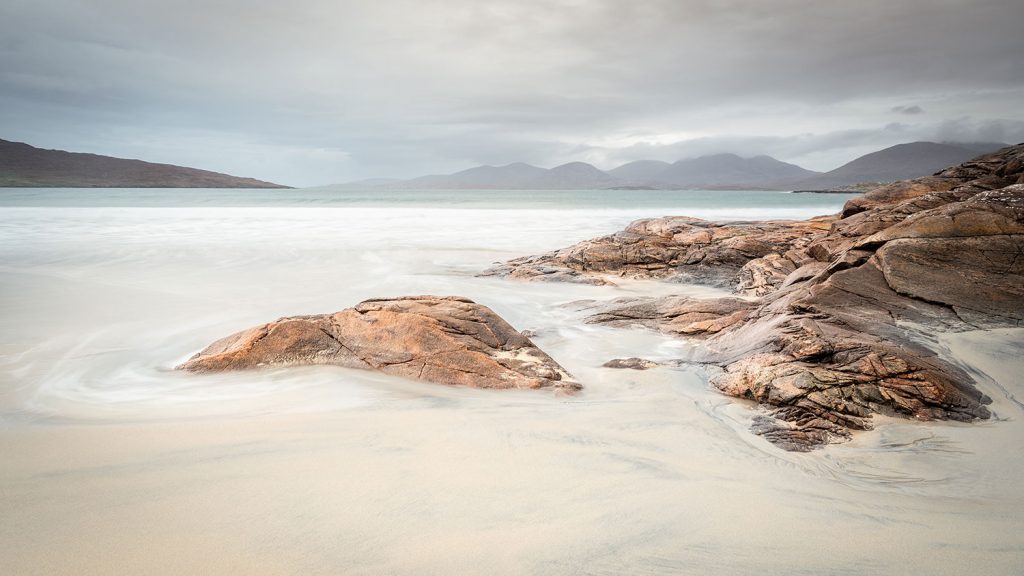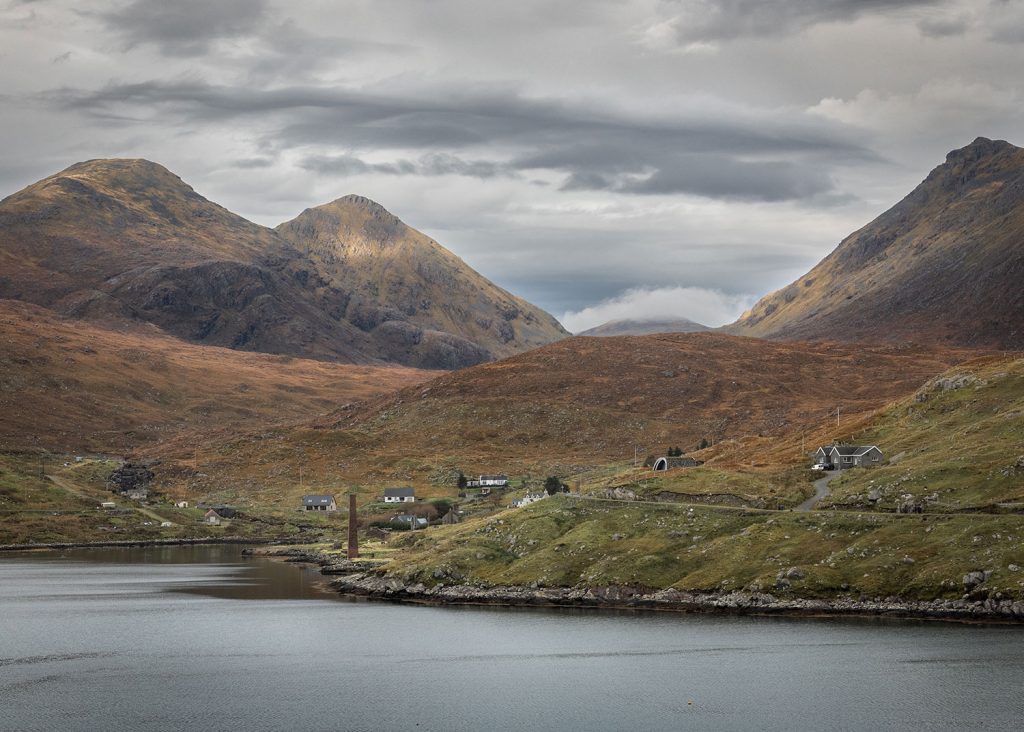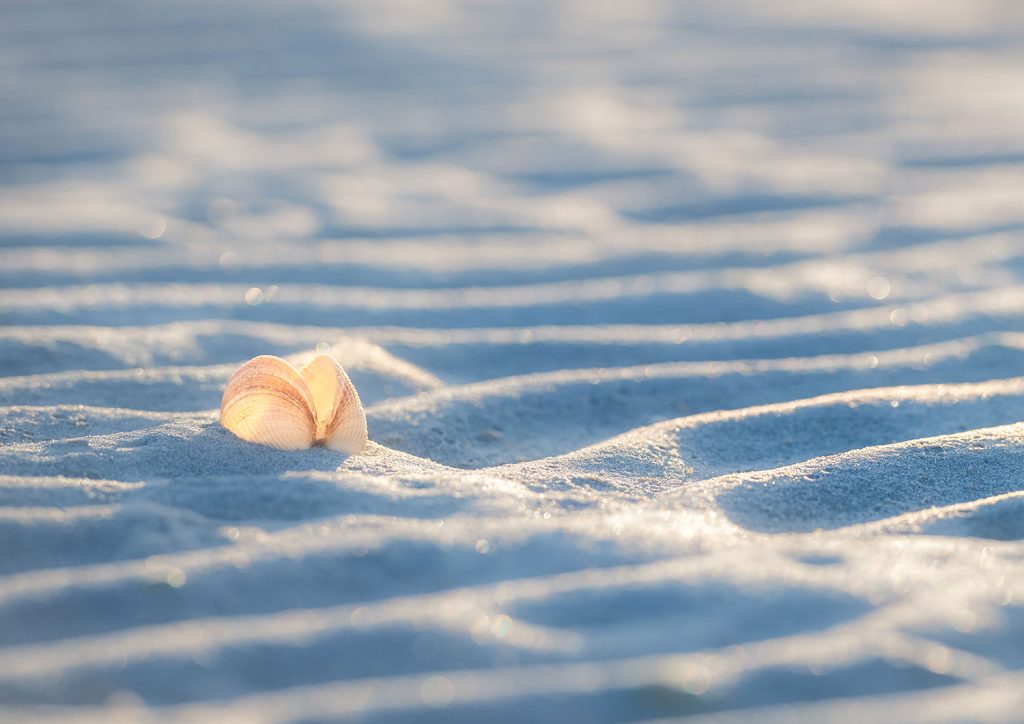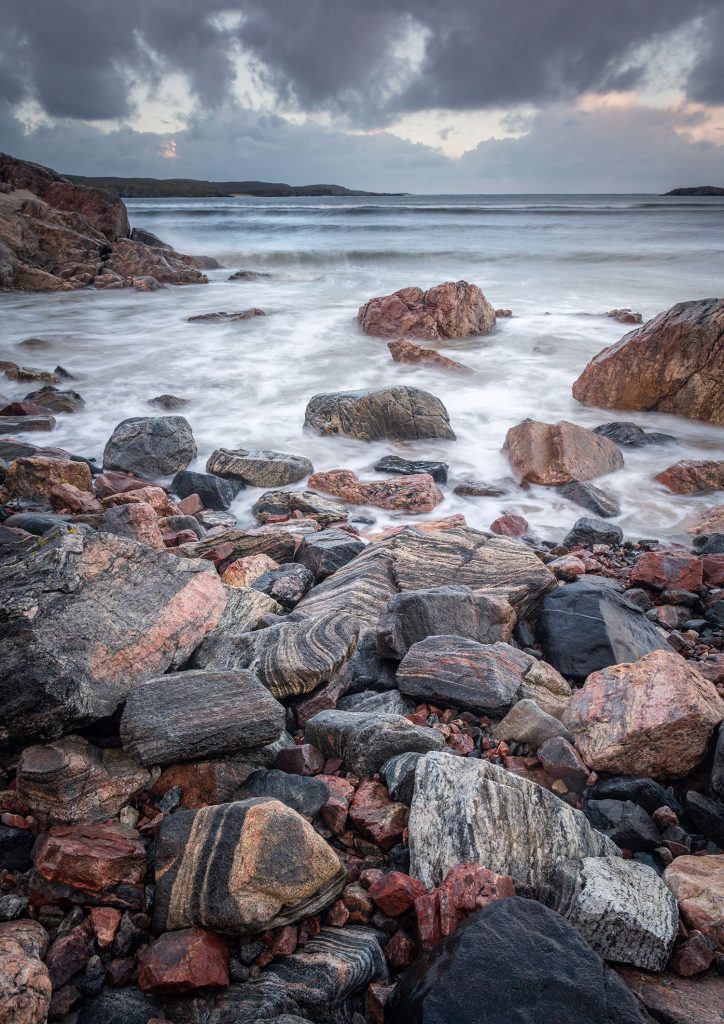Photographing the Isle of Harris and Lewis.
 As landscape photographers we are always in search of dramatic vistas to inspire our creativity. And there cannot be any more perfect views than those found in the Outer Hebrides and in particular on the Isle of Harris and Lewis.
As landscape photographers we are always in search of dramatic vistas to inspire our creativity. And there cannot be any more perfect views than those found in the Outer Hebrides and in particular on the Isle of Harris and Lewis.
Although these sound like distinct islands they are in fact part of the same land mass, two regions making up the largest island in the Outer Hebrides A range of jagged peaks separate the two places, a wild landscape with an untamed beauty where eagles soar and the light changes with every passing moment.
I visited Harris and Lewis for the first time in October 2022 and this blog post features some of the places I photographed. It is not intended as a definitive photographic guide to the island, as one photographers interpretation of a place will be very different to anothers. But I hope it will give other visitors an idea of the beauty and diversity can be found here.
Harris and Lewis have very different coastlines and landscapes. Harris is generally more mountainous. Its coastline is gentle and it has some amazing beaches. Lewis has a more rugged coastline with some amazing geology and some equally beautiful beaches. The light in both places is stunning and ever changing and there is always something to photograph whatever the weather.
Huisinis Beach
Huisinis lies at the end of a 12 mile long single track road. It is an adventure in itself just getting here. At the end of the road there is a parking area which caters for overnight camerpervans as well as day time car parking. The beach is a sandy bay which sits between rocky areas at either end.
From the beach a path runs north across the machair to a little jetty on the other side of the headland. This offers lovely views over the isle of Scarp.
Loch a Siar (West Loch Tarbert) 
The road to Huisinis runs along the edge of West Loch Tarbert with some fantastic views along the entire length. At the head of the loch lie the remains of the old Bunavoneader Whaling Station. The single tall chimney and low derelict huts are not that photogenic but it is an interesting stop for its historical significance and the scene does have an atmospheric feel to it on a changeable day.
Just opposite the site is an old jetty in the middle of the loch where flocks of cormorants sit, their winds outstretched and drying. They are joined in the water by mergansers, other diving ducks and a few seals. Watching this wild spectacle it is hard to image the slaughter and destruction that once went on here.
Luskentyre
This has to be the most popular beach on Harris and definitely the most beautiful. The backdrops of the Harris mountains in one direction and the Isle of Taransay in the other are stunning, but it is the variety within the beach that makes it really interesting to photograph. At one end you have a rocky headland with multiple coves which are really worth exploring at low tide and the sand patterns along this stretch of the beach are amazing. At the other end of the beach the dunes stretch skyward and make a wonderful contrasting habitat to explore. There are plenty of smaller shots here that can be just as interesting as the far reaching vistas.
 Seilebost
Seilebost
There are a couple of places from which to access this side of the estuary. Park at Seliebost school and take the footpath across the dunes to access the beach. At low tide the vast expanse of sand seems never ending. As the waters return the channels take on the aquamarine colour of the sea, the movement creating fantastic ripples in the sand which become more evident as the waters retreat again.
From the parking place at the top of the hill the panoramic views across the estuary are amazing. There is access to the beach here too with a small pebble backed bay and views across to Taransay.
Taigh Bhuirgh, Borve
This is a small beach with rocky headlands on both sides. The rocks here are full of amazing stripes in black and pink / orange. They are most interesting on the left hand side of the beach as you look across the water. There are views over towards the Harris mountains and across to Taransay but there is also a wealth of smaller scenes to focus on. There is parking on the main road and access to the beach via a track with a gate onto the road.
 Uig Bay and Carnish
Uig Bay and Carnish
Uig bay is a huge sandy bay backed by a really impressive dune system and views to the mountains beyond. For me it wasn’t the beach that was the star attraction, it was the multi coloured rocks that lay scattered amongst the sand. If you like to incorporate geology in your landscape images then Uig is the place to come.
If you walk around the bay you will come to a headland that separates Uig from its neighbour Carnish. This is a slightly smaller beach but non the less impressive. Again it is backed by a large dune system and has views to the distant mountains.
Mangersta beach
Mangersta is famed for its stacks – pinnacles of rock that sit at the base of some very high and steep sided cliffs. You will see many images from the top of these cliffs but fewer from Mangersta beach which is accessed from a track leading from the old quarry parking bay downhill to the small sandy bay.
The beach is best photographed at low tide or on a stormy day when the waves battering the nearby rocks add plenty of atmosphere to a wild and windswept part of the Atlantic coast.
Cliff beach
There is a lovely little grassy area overlooking Cliff beach which welcomes overnight parking by camper vans. The views from this spot are stunning and the beach is definitely worth exploring with the camera.
There is a stream running along the centre of the beach and rocky headlands on either side of the bay. The beach is most interesting at low tide with some fantastic rock formations and sand patterns.
Traigh na Beirghe (Reef Beach)
This has to be one of the most beautiful beaches on the Isle of Lewis. It is a bay filled with pure white sand and turquoise blue seas and is backed by a low dune system. Offshore are numerous small rocky islands which make the view really attractive. Onshore the beach is full of tiny pink shells scattered along the tideline.
There is a campsite by the beach which is closed out of season but which provides overnight parking and car parking during the day.
 Traigh Dhail Mhor (Dalmore) and Traigh Dhail Beag (Dalbeg)
Traigh Dhail Mhor (Dalmore) and Traigh Dhail Beag (Dalbeg)
These beaches are situated about 10 minutes apart by car along the same rocky stretch of the Lewis Atlantic coast. They both have slightly darker sand than other parts of Lewis and Harris and the rocks are distinctive with their black and white banding. Dalmore has some sea stacs at the north east end of the bay which are interesting to photograph. At Dalbeg you can walk around the headland on the left to another small rocky cove which gives a good view across towards the caves at the far end of Dalbeg beach. Both these beaches face west and are good for sunsets, although I photographed sunrise at Dalmore beach which was really beautiful.
Away from the coast the peat road across Barvas Moor on Lewis is worth driving for its flat, wild landscape which seems almost featureless. If you have time stop and explore the area by the old shielings. The vegetation here is amazing and so colourful at the end of the summer.
There are also several old abandoned buildings scattered around Harris and Lewis, many of which make good, atmospheric images.
I visited Harris and Lewis in the middle of October. The weather was really mixed with plenty of wind and rain but also some calm days and some sunshine – in fact perfect for landscape photography.
To sum up Harris and Lewis are amazing places for landscape photography. The geology and topography are really varied and I think this gives the island its appeal. There is always something to photograph, from grand vistas to smaller, more intimate scenes. The weather is always surprising and you cannot predict anything which means that you never know what you are going to come away with. I think this is what makes landscape photography in the Outer Hebrides so exciting!